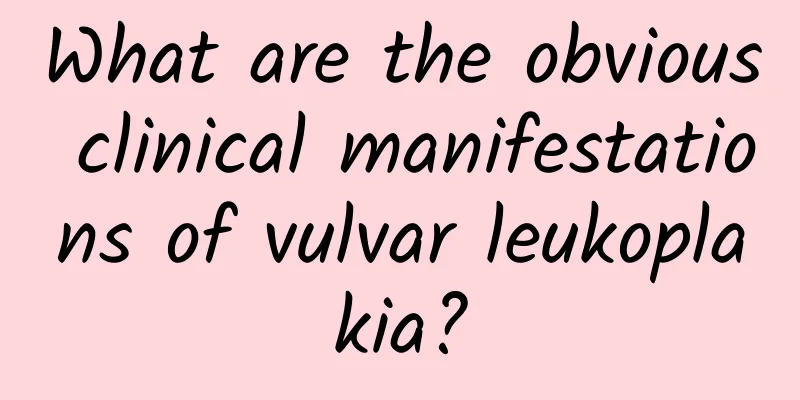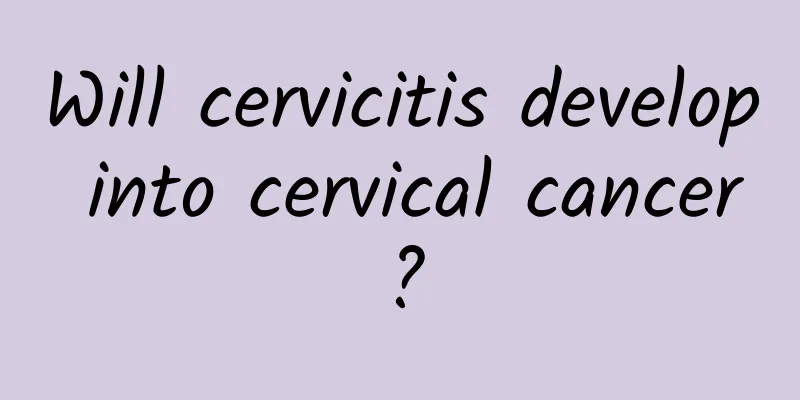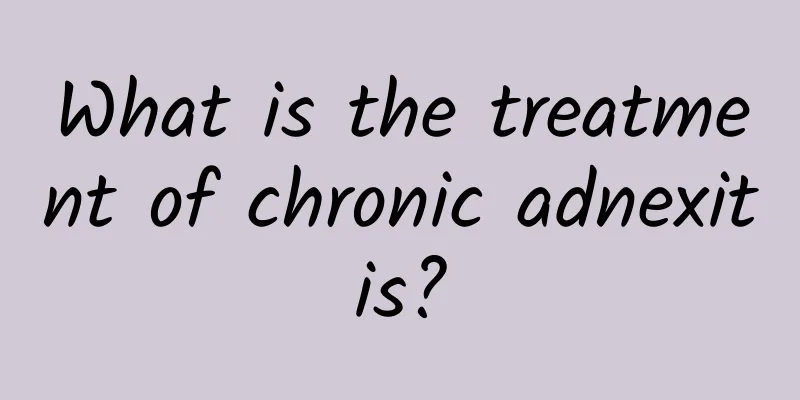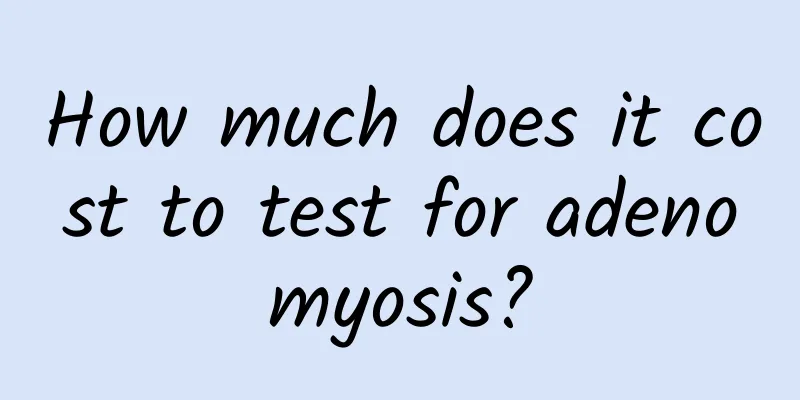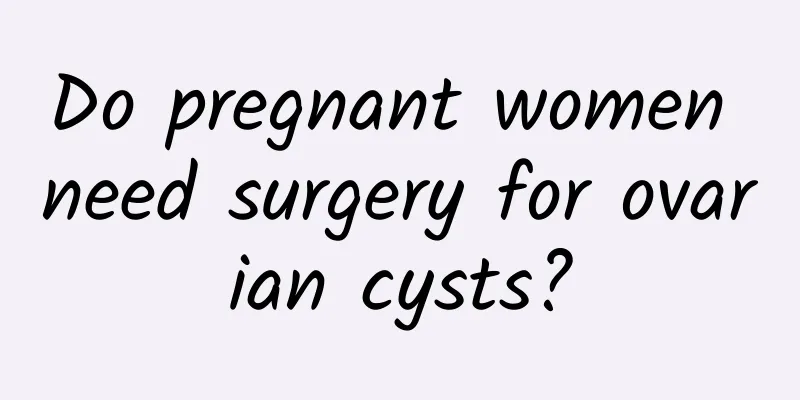What are intramural uterine fibroids? What are the treatments for intramural uterine fibroids?
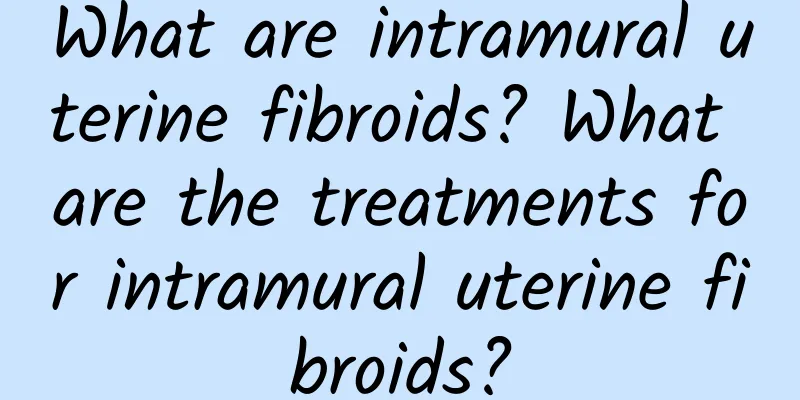
|
Uterine fibroids are a common gynecological tumor disease. Many women worry about whether they will get uterine fibroids, because if this disease is not treated early, it may also lead to infertility. The treatment of uterine fibroids is very important. So, what is the treatment for uterine fibroids? The treatment of uterine fibroids depends on the patient's age, symptoms, location, size, growth rate, number, uterine deformation, whether to preserve fertility and the patient's wishes. Minimally invasive surgery for uterine fibroids refers to laparoscopic treatment. Various laparoscopic surgeries for uterine fibroids are also increasingly being used in clinical practice. There are several laparoscopic methods for treating uterine fibroids, the most commonly used of which is laparoscopic uterine fibroid dissection, which is most suitable for young women who have not given birth. The following introduces the traditional surgical treatment of uterine fibroids: There are many traditional surgical methods for uterine fibroids, including total hysterectomy, subhysterectomy, myomectomy, uterine artery embolization, major laparotomy, minimally invasive laparoscopy and interventional embolization. Each of these methods has its own advantages and disadvantages, and the appropriate method should be selected according to the specific situation of the patient. A. The advantage of hysterectomy is that it relieves the worry about new uterine fibroids. There are many adverse effects after losing the uterus: surgical resection itself is a harmful therapy; anesthesia accidents may occur during the operation; surgical complications such as intestinal adhesions may occur after the operation; pelvic relaxation; in addition, the ovaries lack blood supply from the ascending branch of the uterine artery, which is prone to premature aging and early menopause, which may affect women's sexual life and even some women's personality changes. B. The advantages of minimally invasive treatment are that the uterus can be preserved, scars are small, and trauma is minimal. Laparoscopic treatment is more likely to recur, and one-third of patients need another surgery. There is a risk of heavy bleeding and damage to surrounding organs during surgery, and side effects such as scars and intestinal adhesions after surgery. Uterine artery embolization treatment can cause complications such as fever, pain, pelvic infection, embolization of normal organs, and affect sexual function; X-ray radiation effects. |
Recommend
Dietary requirements after menopause
During menopause, you need to pay attention to so...
How to regulate irregular menstrual cycle?
How to regulate irregular menstrual cycle? Gyneco...
A new trend in weight loss diet: fasting 2 days a week
(Author: Mike Moseley, Mimi Spencer) When Taiwane...
Does mild cervical adhesion need to be treated?
Whether or not minor cervical adhesions need to b...
Department of Health inspection: 5 meatballs contain banned drug chloramphenicol
The meatballs that Chinese people love to eat wer...
Expert analysis: What are the symptoms of menstrual disorders?
Expert analysis: What are the symptoms of menstru...
Dietary taboos for women with chronic cervicitis Patients with chronic cervicitis should not eat these foods
Chronic cervicitis is a common gynecological dise...
The manifestations of several major hazards of vaginitis
Vaginitis is a gynecological disease that is very...
What diet should patients with congenital absence of vagina pay attention to?
What are the dietary taboos for congenital absenc...
Sexual intercourse is prohibited during the treatment of cervicitis
According to the data from the gynecological clin...
Principles of treatment of idiopathic hyperprolactinemia
Idiopathic hyperprolactinemia refers to elevated ...
The occurrence of ectopic pregnancy may be related to functional abnormalities
The occurrence of ectopic pregnancy may be relate...
What can't I eat if I have uterine fibroids? Can patients with uterine fibroids take birth control pills?
What can't you eat for uterine fibroids? We m...
Experts teach you how to prevent cervicitis
How to prevent cervicitis? This is a topic that a...
One person eats for two? Dispelling misconceptions
After learning that she is pregnant, the expectan...
